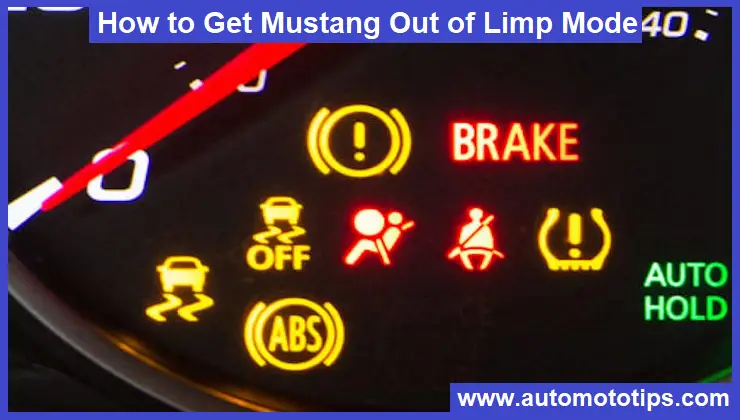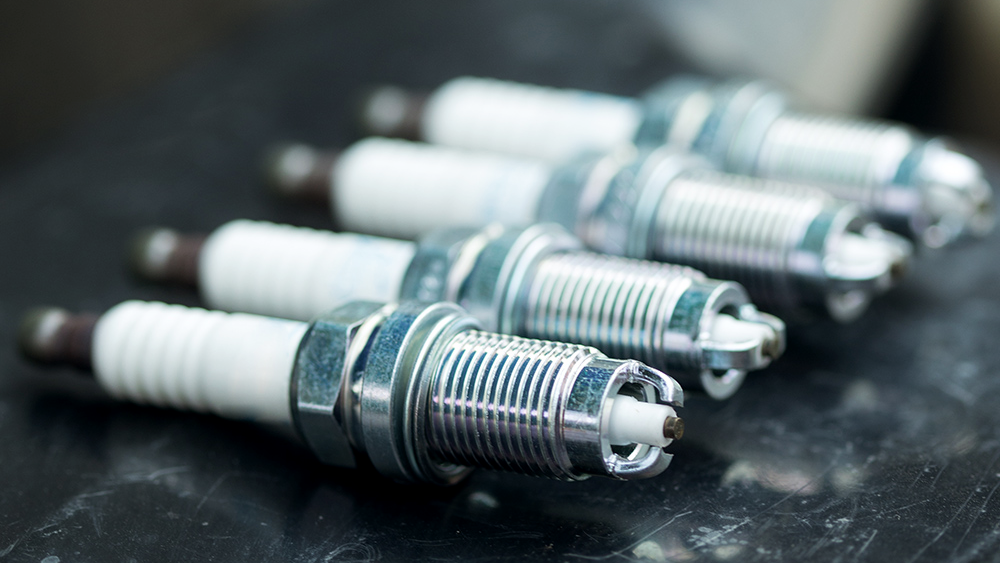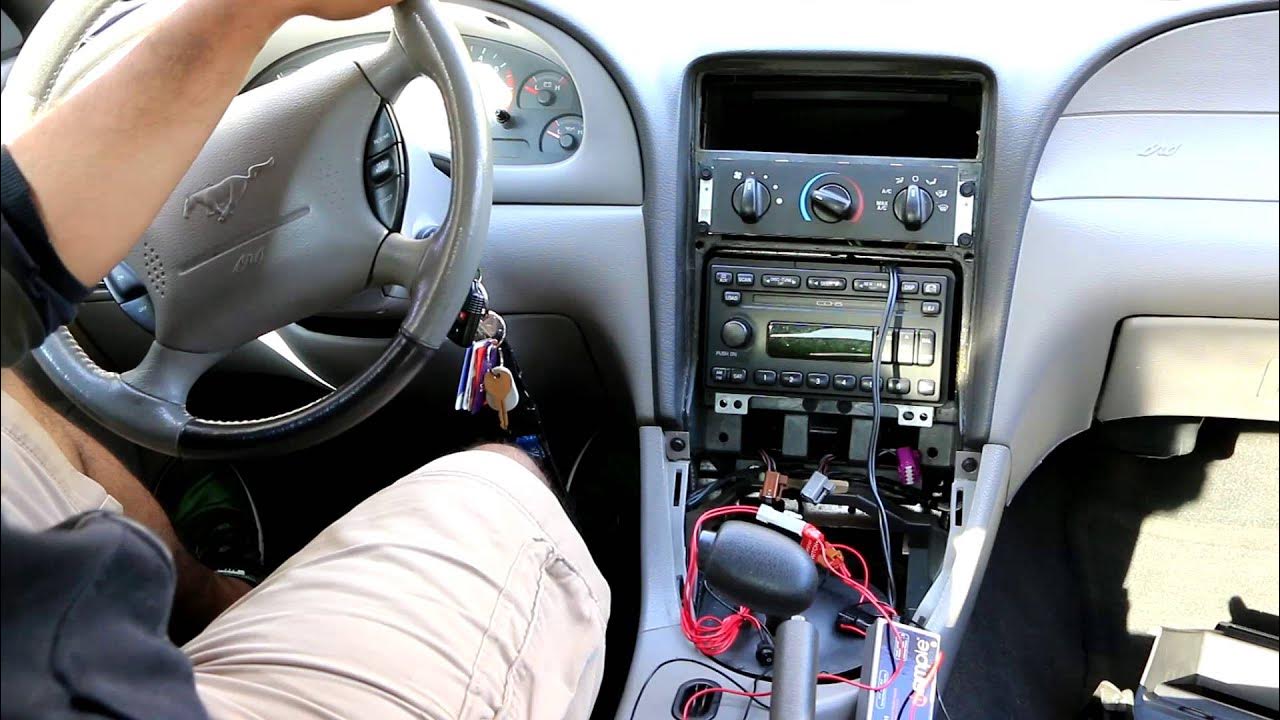If you’re a proud owner of a Mustang, you know how exhilarating it is to get behind the wheel of this iconic American muscle car. However, encountering a limp mode can quickly dampen the excitement. Limp mode is a safety feature that restricts your vehicle’s performance when it detects a potential issue. While it’s designed to protect your Mustang from further damage, it can be frustrating to experience reduced power and limited functionality.
In this article, we’ll explore various methods on how to get Mustang out of limp mode and get you back on the road with full power.
Contents
What is Limp Mode?
Limp mode, also known as fail-safe mode, is a safety feature designed to protect your Mustang’s engine and transmission from potential damage. When a fault is detected by the vehicle’s onboard computer system, it triggers limp mode, reducing the engine’s power and limiting the vehicle’s speed. While this may be frustrating, it’s a preventive measure to prevent further harm to your Mustang.
Common Causes of Mustang Limp Mode
Several factors can trigger limp mode in a Mustang. Understanding these causes can help you diagnose and resolve the issue effectively. Some common causes include:
- Faulty Sensors: Malfunctioning sensors, such as the throttle position sensor (TPS) or mass airflow sensor (MAF), can send incorrect signals to the engine control module (ECM), triggering limp mode.
- Transmission Issues: Problems with the transmission, such as low fluid levels or a faulty solenoid, can lead to limp mode activation.
- Overheating: If your Mustang’s engine temperature rises excessively, it can trigger limp mode to prevent any damage to the engine components.
- Electrical Problems: Issues with the electrical system, including a weak battery or a faulty alternator, can cause the vehicle to go into limp mode.
- Fuel System Problems: A clogged fuel filter or a malfunctioning fuel pump can disrupt fuel delivery, triggering limp mode to protect the engine.
- Other Causes: Other potential causes include a damaged throttle body, a malfunctioning catalytic converter, or issues with the exhaust system.
Symptoms of Limp Mode
When your Mustang enters limp mode, several noticeable symptoms may indicate its activation. These symptoms include:
- Limited Speed: The vehicle may not be able to accelerate beyond a certain speed, typically around 40 mph.
- Reduced Power: The engine’s power output may be significantly reduced, making it difficult to climb hills or overtake other vehicles.
- Restricted RPM: The engine’s RPM may be limited to prevent excessive strain or damage.
- Warning Lights: Limp mode is often accompanied by various warning lights on the instrument panel, such as the check engine light or transmission warning light.
How to Get Mustang Out of Limp Mode: Step-by-Step Solutions
Let’s explore the steps to get your Mustang out of this mode and back to its optimal performance:
Step 1: Check for Faulty Sensors and Loose Connections
The limp mode can be triggered by faulty sensors or loose electrical connections. Start by inspecting the sensors and connectors related to the engine and transmission. Follow these steps:
- Open the hood of your Mustang and locate the engine compartment.
- Visually inspect the wiring harnesses and connectors for any signs of damage or looseness.
- Gently wiggle the connectors to ensure they are securely attached.
- If you find any damaged sensors or loose connections, repair or replace them accordingly.
Step 2: Scan for Trouble Codes with an OBD-II Scanner
An OBD-II scanner is a valuable tool for diagnosing automotive issues. Follow these steps to scan for trouble codes:
- Purchase an OBD-II scanner if you don’t already own one. They are widely available at auto parts stores or online.
- Plug the OBD-II scanner into the OBD-II port, usually located beneath the dashboard on the driver’s side.
- Turn the ignition key to the “ON” position without starting the engine.
- Follow the scanner’s instructions to retrieve trouble codes from the car’s computer.
- Once you have the trouble codes, refer to the scanner’s manual or search online for their meanings.
- Address the underlying issues indicated by the trouble codes. This may involve replacing faulty components, repairing wiring, or resetting certain systems.
- After addressing the issues, clear the trouble codes using the scanner to reset the car’s computer.
Step 3: Check the Transmission Fluid Level and Condition
In some cases, low or contaminated transmission fluid can trigger limp mode. Follow these steps to check the transmission fluid:
- Park your Mustang on a level surface and engage the parking brake.
- Locate the transmission dipstick, usually labeled and located near the back of the engine bay.
- Pull out the dipstick, wipe it clean with a lint-free cloth, and reinsert it fully.
- Pull out the dipstick again and observe the fluid level and its color.
- The fluid should be within the designated marks on the dipstick and have a clear reddish color.
- If the fluid level is low, add the recommended transmission fluid until it reaches the proper level.
- If the fluid is dirty, dark, or has a burnt smell, it may be necessary to flush and replace the transmission fluid. Consult a professional mechanic for assistance.
Step 4: Disconnect and Reconnect the Battery
Sometimes, a simple reset of the car’s computer can resolve limp mode issues. Follow these steps to disconnect and reconnect the battery:
- Ensure your Mustang is turned off and the keys are removed from the ignition.
- Locate the battery in the engine bay and identify the negative (-) terminal.
- Use a wrench or socket to loosen the nut on the negative terminal.
- Once loosened, carefully lift the negative terminal off the battery and set it aside.
- Leave the battery disconnected for approximately 10-15 minutes.
- After the waiting period, reconnect the negative terminal and tighten the nut securely.
- Start your Mustang and check if the limp mode issue has been resolved.
Step 5: Seek Professional Help if the Issue Persists
If you’ve followed the previous steps and your Mustang is still stuck in limp mode, it’s recommended to seek assistance from a professional mechanic or dealership. They have the necessary diagnostic tools and expertise to identify and address complex issues that may require specialized knowledge.
Preventive Measures to Avoid Limp Mode
Prevention is always better than cure. To minimize the chances of your Mustang going into limp mode, consider the following preventive measures:
Regular Maintenance: Schedule regular maintenance and adhere to the manufacturer’s recommended service intervals. This includes oil changes, filter replacements, and thorough inspections of vital components. Regular maintenance helps identify and address potential issues before they escalate and trigger limp mode.
Monitoring Fluid Levels: Regularly check and maintain proper fluid levels in your Mustang. This includes engine oil, transmission fluid, coolant, and brake fluid. Adequate fluid levels and their regular replacements ensure the smooth functioning of various systems, reducing the likelihood of limp mode activation.
Checking Electrical Connections: Periodically inspect the electrical connections, wiring, and sensors in your Mustang. Look for signs of wear, corrosion, or damage. Clean and secure any loose connections promptly. Proper electrical connections promote reliable communication between components and minimize the risk of limp mode.
Avoid Overloading: Avoid overloading your Mustang beyond its recommended weight capacity. Excessive weight can strain the engine and transmission, leading to potential problems that may trigger limp mode.
Frequently Asked Questions (FAQs)
Q: How long can a Mustang stay in limp mode?
A: A Mustang can stay in limp mode until the underlying issue is resolved. Once the problem is fixed, the car’s computer will typically exit limp mode and restore full functionality.
Q: Can I drive my Mustang in limp mode?
A: Yes, you can drive your Mustang in limp mode, but it’s important to do so cautiously. Limp mode restricts power and speed, so it’s best to drive to a safe location or a nearby repair shop to address the issue as soon as possible.
Q: Will disconnecting the battery reset limp mode on my Mustang?
A: Disconnecting the battery can sometimes reset the car’s computer and resolve limp mode issues. However, it’s important to note that this method may not work for all cases, especially if there are underlying mechanical or electrical problems causing the limp mode activation.
Q: Can I reset limp mode without fixing the underlying issue?
A: Resetting limp mode without addressing the underlying problem may temporarily clear the condition. However, limp mode will likely reoccur until the issue is resolved.
Q: Do I need a specialized scanner to retrieve error codes from my Mustang?
A: Yes, it’s recommended to use an OBD-II scanner that is compatible with your Mustang’s diagnostic system. This will allow you to retrieve the specific error codes and understand the cause of the limp mode.
Q: How much does it cost to fix limp mode on a Mustang?
A: The cost of fixing limp mode on a Mustang can vary depending on the specific problem and the required repairs. It is recommended to consult with a professional mechanic to diagnose the issue and provide an accurate estimate.
Conclusion
If your Mustang has entered limp mode, it can be a frustrating experience. However, by following the steps outlined in this guide, you can effectively address the issue and get your Mustang back to its full performance. Remember to start with simple checks like sensors and connections, scan for trouble codes, inspect the transmission fluid, and try resetting the car’s computer. If the problem persists, don’t hesitate to seek professional help. With patience and proper diagnosis, you’ll soon be enjoying your Mustang’s power and exhilarating drive once again





